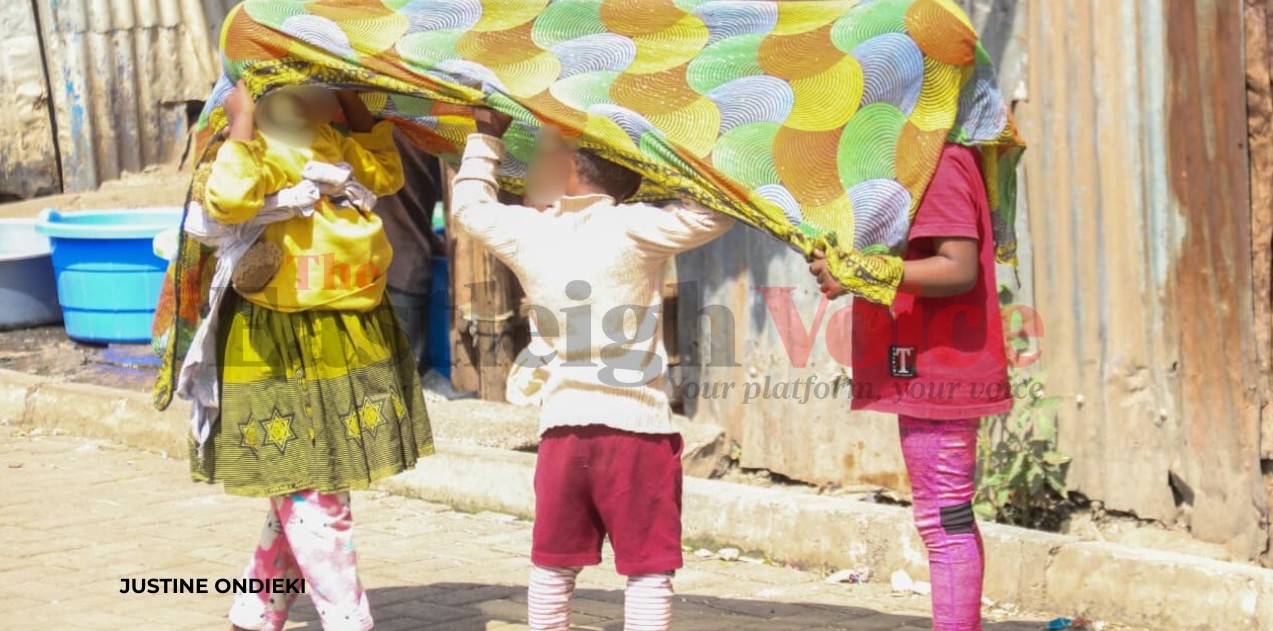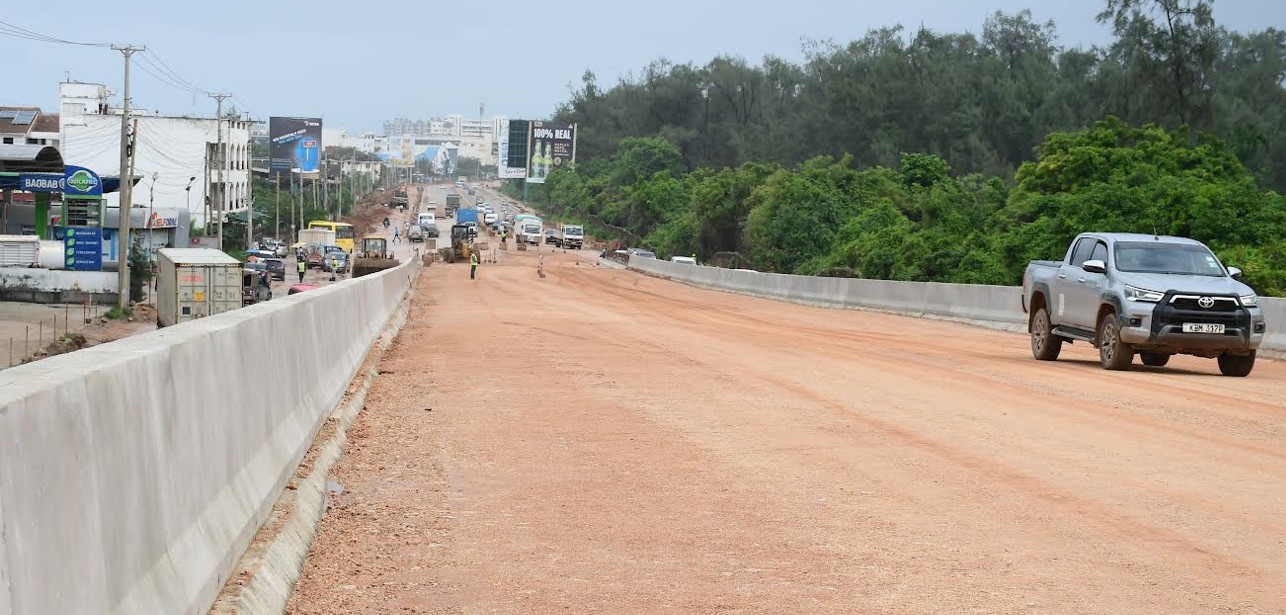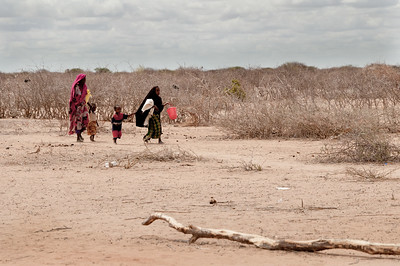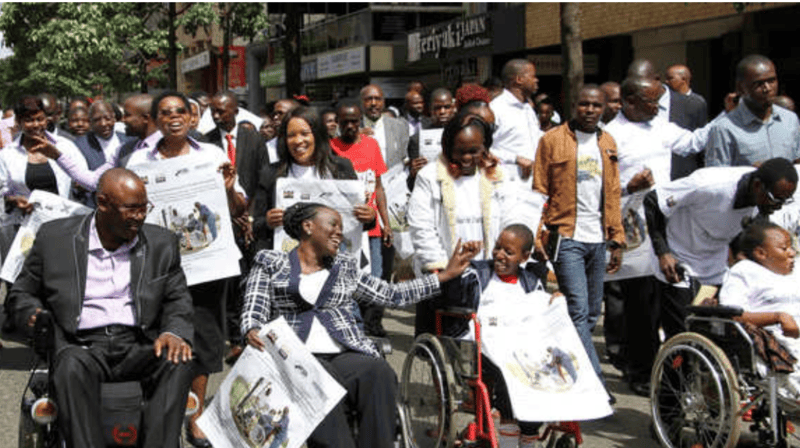Mother-to-child HIV transmission rates in Kenya drop, but challenges remain

Despite this progress, experts warn that the current rates are still too high.
New HIV infections among babies in Kenya have been steadily declining over the last five years, signalling progress toward eliminating mother-to-child transmission (MTCT) of the virus.
According to the National Syndemic Diseases Control Council (NSDCC), infections among infants dropped from 13,000 cases in 2018, representing 12.3 per cent of babies born to HIV-positive mothers, to 3,742 cases (7.3 per cent) in 2023.
More To Read
- Out-of-pocket medicine costs surge amid drug shortages in Kenya
- Kenya's HIV statistics (2024)
- Youth still hardest hit by new HIV infections as Kwale marks World AIDS Day
- Turkana marks World AIDS Day with stark warning over rising HIV infections
- German researchers find highly effective HIV antibody
- High Court upholds ruling against KDF for HIV discrimination in recruitment
Despite this progress, experts warn that the current rates are still too high, and Kenya has yet to achieve the target of reducing vertical transmission to less than 5 per cent.
"Sixty-three per cent of new HIV infections among infants were due to non-use or drop-off from antiretroviral therapy," said Japheth Kioko, head of monitoring and evaluation at the NSDCC.
He noted that strict adherence to ARV treatment during pregnancy and early initiation of the drugs for infants can virtually eliminate these infections.
ARV medicine
Data shows that of the 3,742 babies infected last year, 727 contracted the virus during breastfeeding after their mothers stopped taking ARVs, while 684 were infected during pregnancy for the same reason.
Another 434 mothers tested negative throughout their pregnancy but unknowingly contracted HIV during breastfeeding, passing it on to their children.
"Women living with HIV who do not receive ARV medicine have a 15-45 per cent chance of transmitting the virus to their children during pregnancy, labour, delivery, or breastfeeding. That risk drops to less than 5 per cent if treatment is provided to both mother and child," Kioko explained.
The NSDCC data revealed disparities among counties, with Wajir (33.5 per cent), Mandera (26.9 per cent), Samburu (26.8 per cent), West Pokot (21.2 per cent), and Isiolo (20.9 per cent) recording the highest transmission rates.
However, counties like Migori, Kisumu, Murang'a, Kirinyaga, Nyeri, Siaya, and Nairobi recorded rates below the national average.
Kenya aims to eliminate MTCT by achieving a vertical transmission rate of less than 5 per cent and earning certification for elimination.
High-income countries have successfully reduced MTCT rates to less than one per cent through universal early ART coverage and avoiding breastfeeding, presenting a model Kenya aspires to follow.
Top Stories Today













































